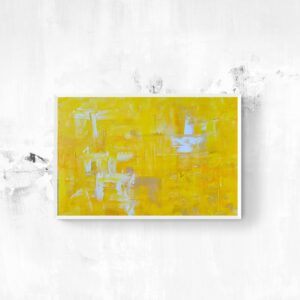
Move over, Gary the Snail. There’s a new gastropod in town, and its name is Anauchen picasso.
One of the world’s tiniest snails has been named after the Spanish painter Pablo Picasso for its defined, swirled shell that evokes early 20th-century Cubism. In a paper published in April in the scientific journal ZooKeys, an international group of nine researchers classified 46 novel species of land snail typically found in Southeast Asia that belong to the greater mollusk family known as Hypselostomatidae (also referred to as “microsnails”).
The newly named snail belongs to the Anauchen microsnail subspecies, which are defined by their shells’ prominent last “whorl” and generally “spirally striated” form. Serbian biologist Vukašin Gojšina, the paper’s lead author, specifically cited in an interview “the presence of a strong keel on the last whorl which makes it look angled,” reminding them of the Cubist style. He also said that naming a species after a well-known figure can help make it more visible and ensure its protection.
“We saw this shell shape as a Cubist interpretation of a species with normally rounded whorls,” Gojšina told Hyperallergic.

The term Cubism, a fragmented and geometric style of rendering subjects from multiple perspectives at once, was founded by Picasso and French artist Georges Braque and coined after a 1908 review by French art critic Louis Vauxcelles. Artists in the Cubist movement, such as Juan Gris and Jean Metzinger, embraced the two-dimensional canvas, often fracturing landscapes, bodies, and other objects into overlapping geometric planes and parts. Picasso’s Cubist era was initially sparked by an encounter with West African mask traditions, and his paintings, including “Guernica” and “The Weeping Woman” (both 1937), are considered paragons of the influential movement.
At only about two millimeters in width and three millimeters in height, or less than 0.08 and 0.12 inches, respectively, the shell of the Anauchen picasso is comprised of around four and a half to five perfectly defined whorls and a puckered opening with four teeth-like structures. The samples identified in the article were found in the province of Prachuap Khiri Khan in Thailand.
“I think that when a species is named after you, you become eternal,” Gojšina said. “Pablo Picasso is already eternal, but why not enhance his eternity a bit with a new snail?”





